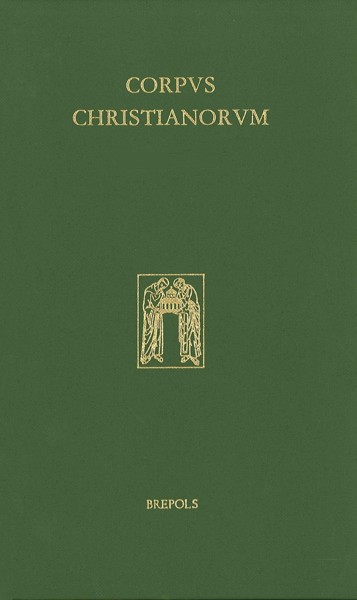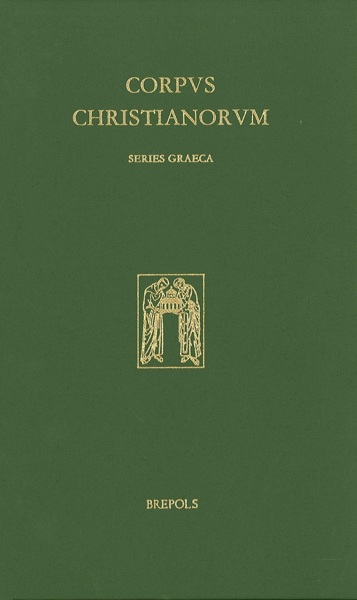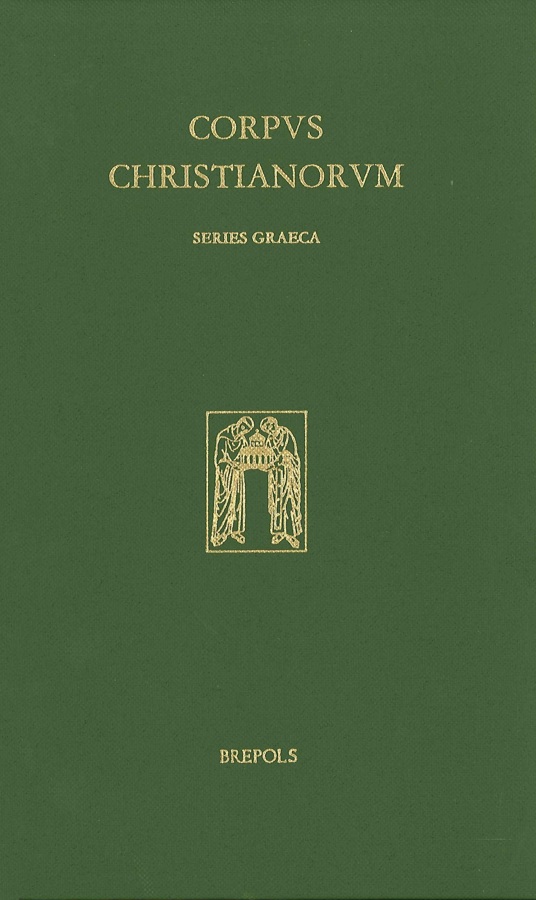
Ioannes Gattus (Gatti)
Notata, seu Tractatus qui erat fons Libri III Operis Bessarionis In Calumniatorem Platonis adversus Georgium Trapezuntium
John Monfasani (ed)
- Pages: lxiv + 185 p.
- Size:155 x 245 mm
- Illustrations:1 b/w, 2 tables b/w.
- Language(s):Latin, Greek, English
- Publication Year:2021
- € 155,00 EXCL. VAT RETAIL PRICE
- ISBN: 978-2-503-59362-3
- Hardback
- Available
The previously unknown source of Book 3 of Cardinal Bessarion's In Calumniatorem Platonis
« Il faut saluer la réalisation de cet ouvrage, qui permettra au lecteur d’accéder a l’une des étapes essentielles de la fabrique de la réfutation de Bessarion. » (Marie-Hélène Blanchet, dans Revue des études byzantines, 80, 2022, p. 358)
John Monfasani is Distinguished Research Professor at The University at Albany, State University of New York, and former Executive Director of the Renaissance Society of America. He has long published on Greek émigrés to Renaissance Italy.
Cardinal Bessarion's great defense of Plato, the In Calumniatorem Platonis, written in response to George of Trebizond's Comparatio Philosophorum Platonis et Aristotelis and first published in 1469, was the first substantial statement of Platonism in the Plato-Aristotle Controversy of the Renaissance. Bessarion, however, had first written the In Calumniatorem a decade earlier, in 1459, without the massive Book III of the 1469 edition proving that medieval scholasticism supported Bessarion's interpretation of Plato and Aristotle. With the discovery of the treatise Notata by the Dominican theologian Giovanni Gatti, we now know the source of Bessarion's new found erudition in medieval scholasticism. Bessarion initially attempted to incorporate Gatti's Notata whole cloth into the In Calumniatorem Platonis, but in the end he exploited it as a storehouse of the scholastic references, quotations, and arguments, especially from Thomas Aquinas' writings, that made up the new Book III of the 1469 In Calumniatorem Platonis. Thus, Giovanni Gatti's treatise played a major, though anonymous role in the Plato-Aristotle controversy for the rest of the Renaissance as Bessarion's work became in its turn a much used authority and source of information.





